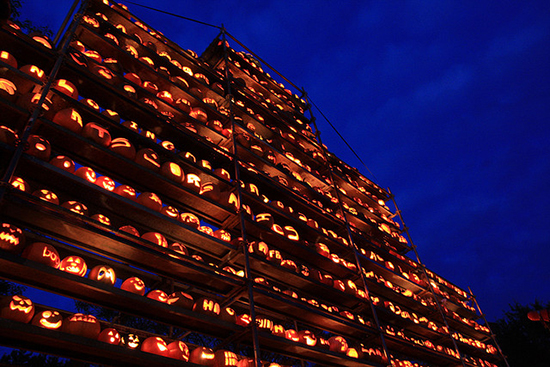One can choose fresh or salt water to bathe in. In this case, we’re giving you a mix. Let’s dive into the saltiest seas and lakes on the planet—the ones that sting after you’ve dipped just your foot in but have vast mineral and therapeutic properties. We start our journey at the Dead Sea and then follow with the Red Sea, and from there, the Don Juan Pond.
The Dead Sea
For its salinity and many mineral properties, the Dead Sea comes out on top of all the rankings. It has between 350 and 370 grams of salt per liter of water, which is 10 times more than normal. It’s the saltiest of the salty seas. The most curious thing about the Dead Sea, which borders with Jordan, the West Bank and Israel, is that one floats. Yes, I can confirm, you really float. The density of water favors buoyant force, and one can easily read a book or enjoy a drink quietly without swimming or standing. The salt levels are so high in the south of the Dead Sea that it has created huge plains more typical of a lunar landscape. And here I’d like to make a point: it was right here that in the Bible Lot’s wife looked back as she fled with her family from the cities of Sodom and Gomorrah and turned into a pillar of salt. Take care of your eyes and any injuries, and we recommend bathing for a half of an hour at most.
But there’s one more thing that struck me there: the Dead Sea is 420 meters below sea level. It is the lowest point on Earth, and summer temperatures can reach 50 degrees.
The Red Sea
The saltiest seas are those without an outlet to the ocean and that receive little freshwater. And a good example is the Red Sea (again a biblical sea). It is considered the saltiest of the oceans, and especially in the Persian Gulf, with a salinity of 40%. Its salinity is caused by the evaporation of water resulting from high temperatures and the shortage of rivers reaching there. Its name is believed to come from the mountains that are out there, which are apparently rich in red minerals. Although some say that the name comes from the color of the coral there. Since this seabed is much less salty than the Dead Sea, the seabed is full of life. Incidentally, for diving enthusiasts this is an obligatory stop. A few meters deep, you will find fish of all colors, turtles and a stunning coral reef that stains the water crossing it from north to south. Of course, the saltier the water, as divers know, the more weight needed for diving. One thing is clear: salt increases buoyancy.
Don Juan Pond (AKA Don Juan Lake)
This is truly a unique and exceptional spot on our planet. It’s not great for bathing, though, since it’s doesn’t exceed 15 inches. This lake would actually be the saltiest, even more so than the Dead Sea, except that it’s really not suitable for bathing. And now you’ll understand why. Located in Antarctica, it has 18 times more salt than any sea and double that of the Dead Sea: 500 grams of salt per liter. And a rather curious phenomenon is that Lake Don Juan never freezes. Can you imagine how much the waters would sting? And if you still think you might be able to dip your toes in, you should know that the average temperature there is 50 degrees below zero.
@DianaRPretel

 English
English Français
Français Deutsch
Deutsch Italiano
Italiano Español
Español
